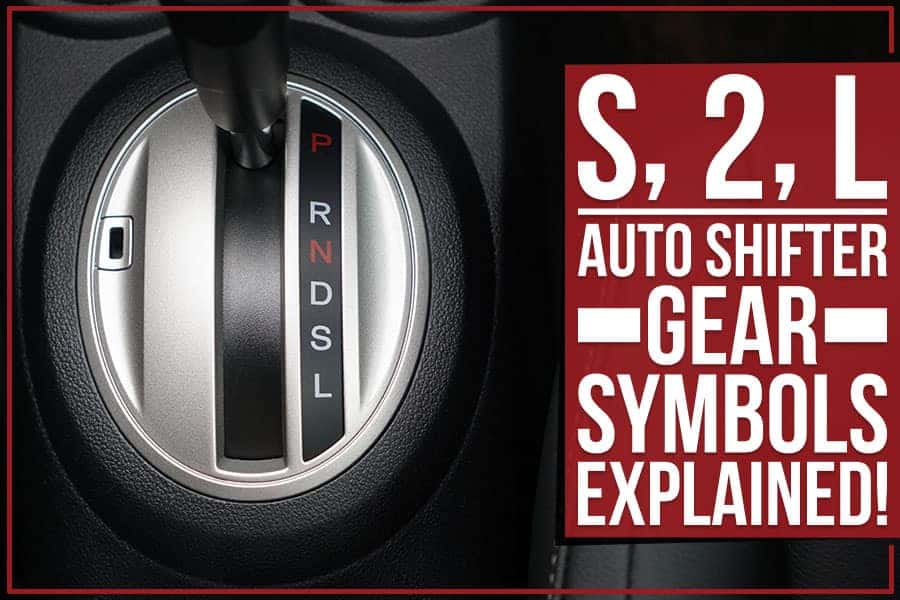Welcome to the fascinating world of automotive transmission! If you’ve ever glanced at your gear shift and noticed the letters S and L‚ you might have found yourself pondering their meaning and significance. In this guide‚ we will explore everything you need to know about these gear shift indicators‚ their functions‚ and how they can enhance your driving experience.
Understanding the Basics: What Do S and L Stand For?
Before we delve into the nitty-gritty‚ let’s clarify what S and L represent:
- S stands for Sport.
- L stands for Low.
Both of these settings are designed to optimize your vehicle’s performance in specific driving conditions. But how do they do that? Let’s break it down further.
The Sport Mode (S): Unleashing Power and Performance
When you shift your gear into S‚ you’re signaling your vehicle to engage its sporty side. Here’s what happens:
- Increased RPMs: The transmission holds gears longer‚ allowing the engine to rev higher before shifting. This provides more power and responsiveness‚ ideal for spirited driving.
- Enhanced Throttle Response: The vehicle’s throttle response is sharpened‚ giving you a more direct connection between your foot and the engine.
- Better Control on Curves: By keeping the engine in a higher RPM range‚ you can navigate curves and turns with more control and stability.
When to Use Sport Mode
Sport mode is perfect for:
- Highway Merging: Need to accelerate quickly to merge into fast-moving traffic? Sport mode is your friend!
- Mountain Driving: Navigating steep inclines and declines can be more manageable with the additional power.
- Track Days: If you ever find yourself on a racetrack‚ engaging Sport mode will maximize your vehicle’s potential.
The Low Mode (L): Powering Through Tough Terrain
Switching to L engages low gear‚ which is essential for driving under challenging conditions. Here’s how it helps:
- Maximized Torque: Low gear provides greater torque‚ which is crucial for heavy loads or steep inclines.
- Engine Braking: Using low gear can help slow the vehicle down on steep descents without over-relying on the brakes.
- Improved Traction: In slippery conditions‚ such as snow or mud‚ low gear can help maintain better traction by reducing wheel spin.
When to Use Low Mode
Consider engaging low mode in the following situations:
- Towing: If you’re towing a trailer or heavy load‚ low gear provides the necessary power and control.
- Off-Roading: Navigating rough terrain‚ rocks‚ and steep hills is much safer in low gear.
- Driving in Inclement Weather: Snow‚ ice‚ or heavy rain? Low gear can help you maintain better control on slippery roads.
Combining S and L: The Best of Both Worlds
While S and L serve unique purposes‚ understanding when and how to use them effectively can enhance your driving experience. Here are a few tips:
- Transitioning: When driving on a steep hill‚ you can start in L to get up the incline‚ then switch to S for a powerful descent.
- Weather Awareness: In changing weather conditions‚ switch between modes as necessary to adapt to the road.
- Practice Makes Perfect: Get familiar with your vehicle’s responses in each mode; practice helps you know when to switch.
Understanding the functionalities of S and L on your gear shift can significantly enhance your driving experience. Whether you’re seeking speed and agility in Sport mode or power and control in Low mode‚ mastering these settings allows you to navigate various driving conditions confidently. So‚ the next time you find yourself behind the wheel‚ remember the power of S and L and let them guide you on your driving adventures!
Happy driving!

